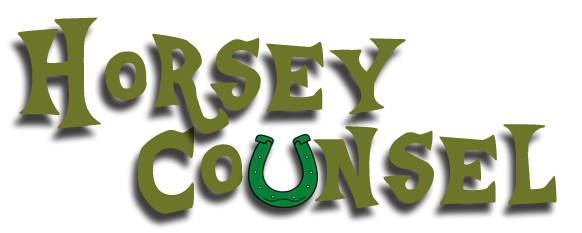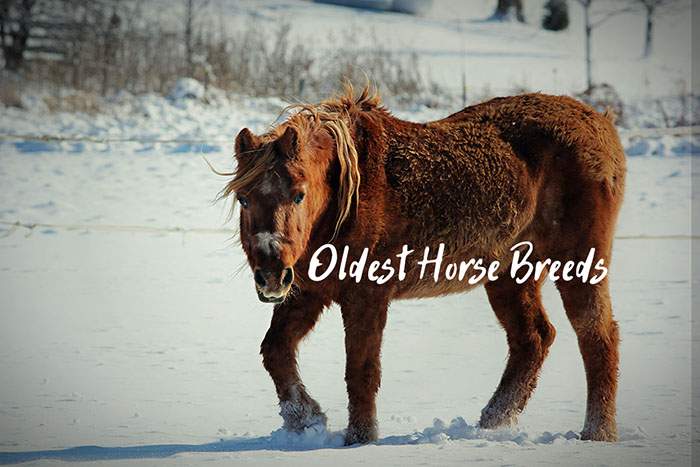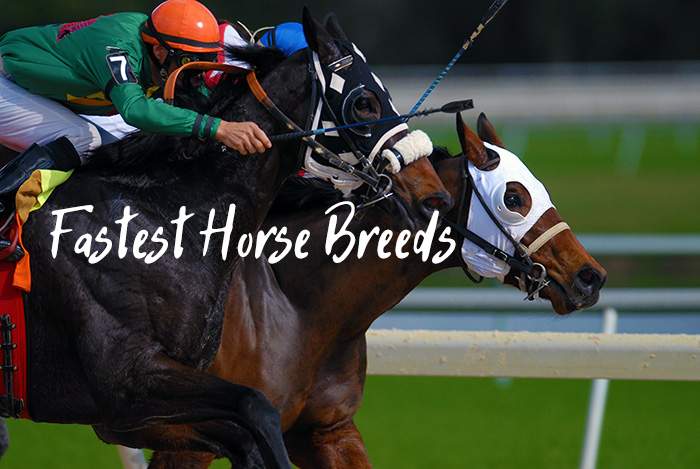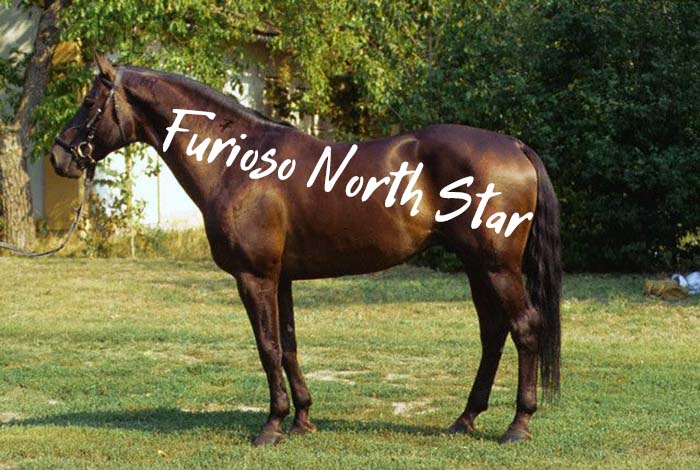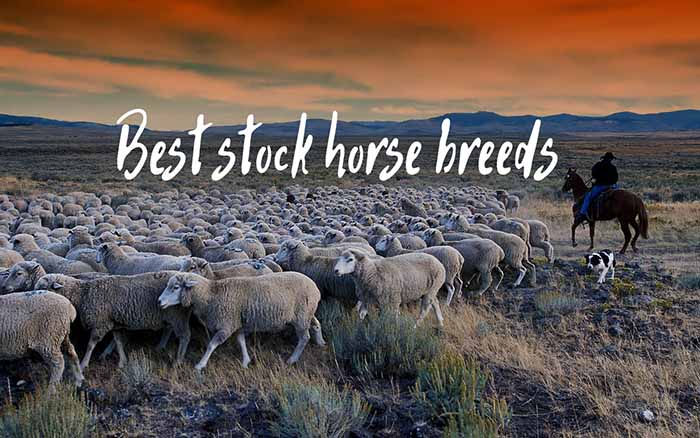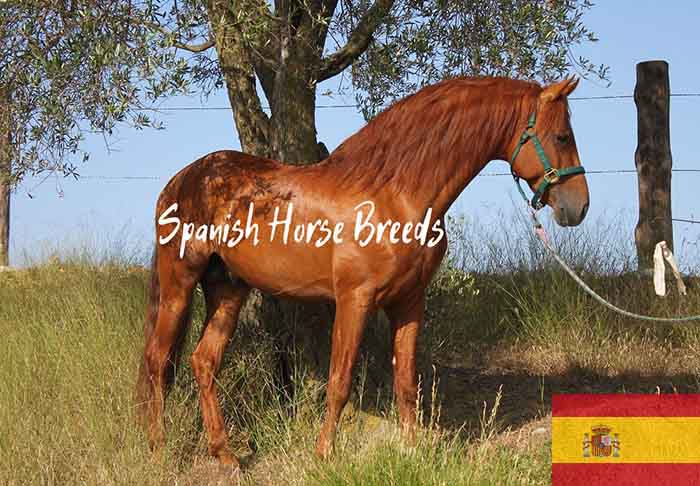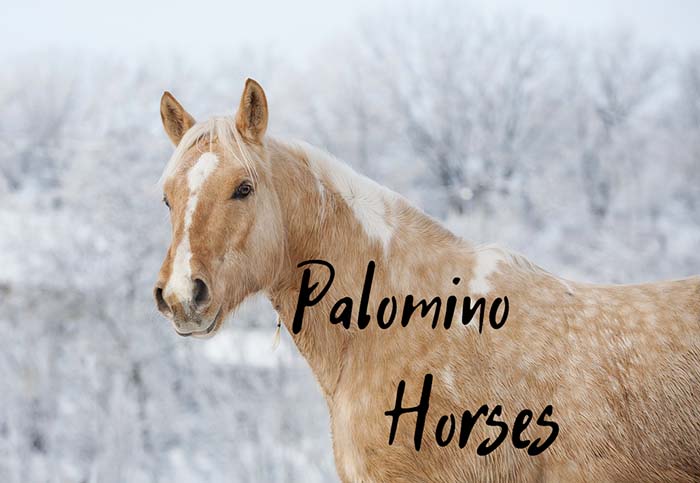World’s Most Amazing Gaited Horse Breeds

We all know what horse gaits are, right? I’ve talked about them previously: they basically represent the different ways a horse walks or runs. However, gaited horse breeds represent something different. They refer to certain horse breeds that are able to ensure an incredibly smooth and comfortable ride.
It’s worth noting that out of the 350 horse breeds that walk the Earth right now, only about 30 of them are naturally gaited. This makes them quite rare and quite precious, as you can imagine. Still, some horses can be trained to become gaited even if they weren’t born with the ability.
Today I wanted to talk about the 10 most important gaited horse breeds in the world. These horses are renowned worldwide for their unique gaits, and while I will do my best to describe each breed in detail, you really should see or even experience these unique gaits in person.
That being said, let’s have a look at the most important gaited horse breeds in the world.
Paso Fino.
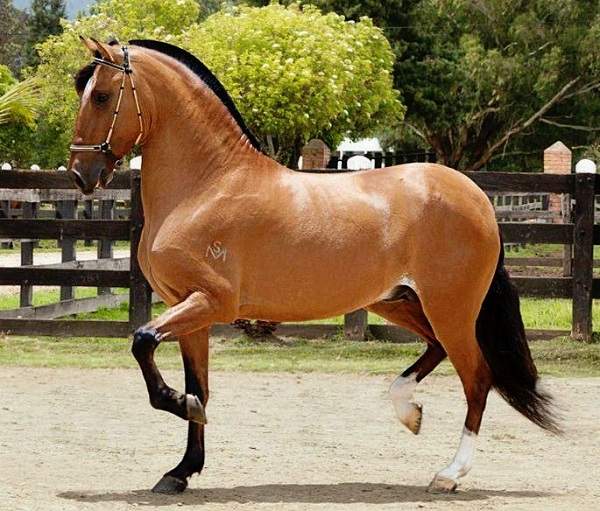
Paso Fino is probably the most popular of the naturally gaited horses. This breed is deeply rooted in Spain, as Paso Fino was developed from horses brought over to the Caribbean from Spain. Nowadays, there are two main types of Paso Fino acknowledged in the United States. These are named Pure Puerto Rican Paso Fino, which hails from Puerto Rico, and the Colombian Paso Fino, which hails from Colombia.
This breed impresses with a natural, smooth four-beat, lateral ambling gait. When the horse performs this gait, its rider appears almost motionless. It is truly a sight to behold, and you should definitely witness it at least once in a lifetime.
Even the name of this horse basically translates to “fine step.” Its breeders used the horse on plantations in Columbia and Puerto Rico due to its resilience and incredibly comfortable ride. A horse that doesn’t bounce you around whenever it takes a step is incredibly valuable even to this day. In the United States, the Paso Fino horse breed began gaining popularity during the 1950s and 1960s.
Apart from its instantly recognizable lateral ambling gait, the Paso Fino can also perform a diagonal ambling gait known as the “Trocha.”
Tiger Horse.
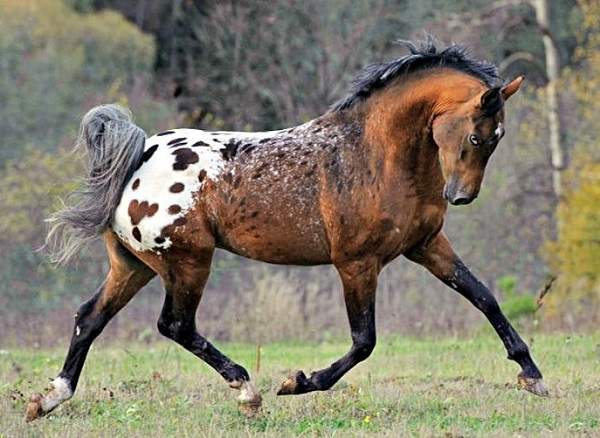
The Tiger Horse is well-known for two things: its unique appearance and its ability to perform multiple lateral gaits. This is a spotted horse that boasts a coat color similar to that of the Appaloosa. Even though it’s called a Tiger horse, the spotted pattern on its coat mostly resembles a leopard. “Tiger Horse” is probably a bit more catchy, but it still bothers me that this horse has spots instead of stripes.
Back to the topic at hand, there are two main types of Tiger Horse, namely the Heavenly Type and the Royalty Type. Furthermore, this horse can have either a straight profile or convex profile, and breeders strive to achieve the convex profile as much as possible. When it comes to gaits, this horse can perform a glider gait or Indian shuffle, as well as a running walk, a stepping pace, and a diagonal fox trot.
This is a relatively new horse breed that is still being developed in the United States.
Messara Gaited Horse Breed (Cretan Horse).
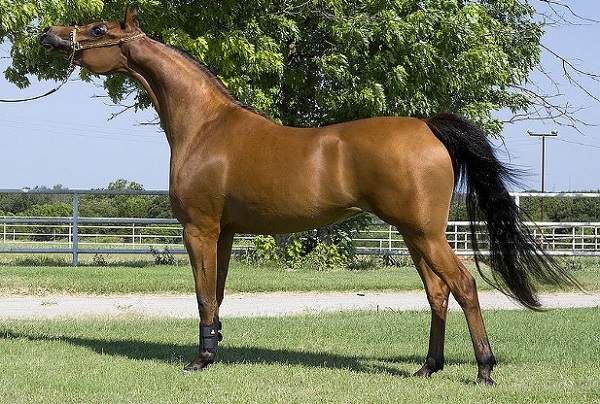
If you’re not too familiar with Greek horse breeds, you might not have heard about the Messara Horse, otherwise known as the Cretan Horse. This gaited horse breed is only found on the Messara plain, on the island of Crete off the coast of Greece, and it is mostly being used for draft work.
Most horses on Crete were developed by crossing native and Arabian breeds, so the Cretan horse has some Arabian blood in it. Messara ponies have a natural pacing gait, which makes them incredibly easy and comfortable to ride. Thanks to this gait, they excel and walking over uneven or rocky surfaces. Truly, they have adapted perfectly to Crete’s landscape.
Apart from their uses in farm work and transportation, these horses can also be ridden for leisure, and they take part in various racing events.
Pampa Gaited Horse Breed.
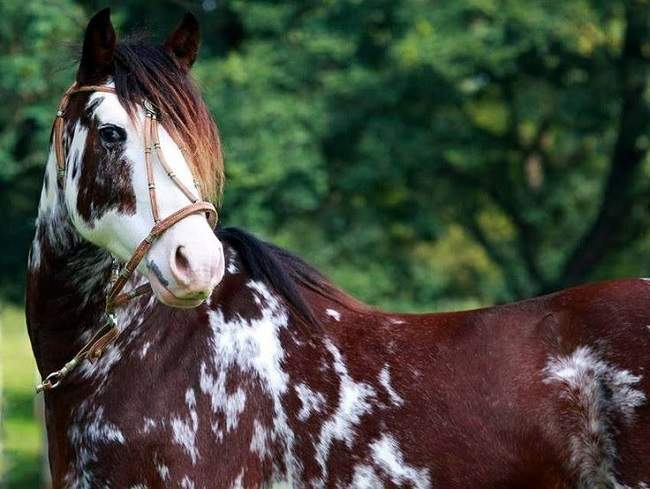
The Pampa Horse was developed in some parts of Brazil. It is a beautiful horse breed with spotted or pinto characteristics, and it is well known for its obedient nature and endurance. As such, the Pampa is basically a jack-of-all-trades. People use this horse for farm work, general riding, and equestrian events.
Basically, the Pampa represents a blend of the traditional Brazilian horse with the spotted pattern of a Pinto. As for the coat coloring, it is usually white or dark brown. These are naturally gaited horses, which means that they are very comfortable to ride. They look incredibly elegant when they perform their gait, and they attract the gaze of anyone who isn’t accustomed to seeing such a performance.
As for height, the Pampa is a relatively small horse that averages 14.2 hands. Its ancestral bloodline includes breeds such as the Anglo-Arabian, Thoroughbred, Mangalarga, and Campeiro.
Icelandic Horse.
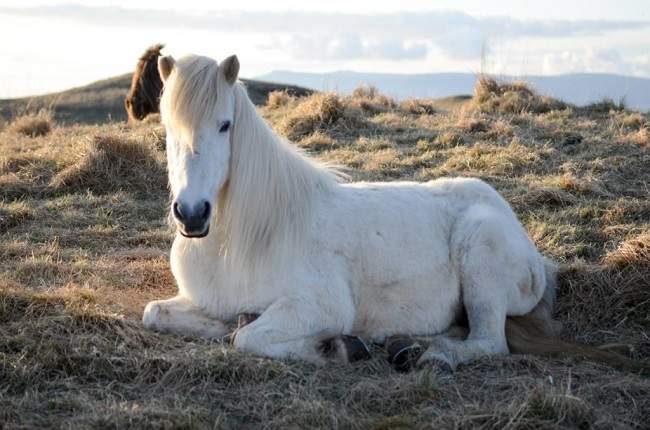
I’ve covered the Icelandic in two other articles already, but what can I do if this horse is so incredible? A very old breed and an exceptionally pure one, the Icelandic horse has two extra gaits when compared to the four standard ones. These gaits are named tölt and skeið, and they are each quite a sight to behold.
As the Icelandic horse performs these gaits, its rider is almost motionless in the saddle, and the riding experience is incredibly comfortable and relaxed. Apart from exhibiting its gaits, this horse is also famous for its strength and agility, to say nothing of its incredibly thick coat.
Complete structural development of such a horse is usually not complete until it is about 7 years old. Moreover, these horses are not normally ridden until they are four years of age. The most productive years are between 8 and eighteen, but there have been exceptions where this type of horse has lived up to 42 or even 56 years.
At the end of this article, I’ll post a video that shows off the main gaits of the Icelandic horse.
Campolina.
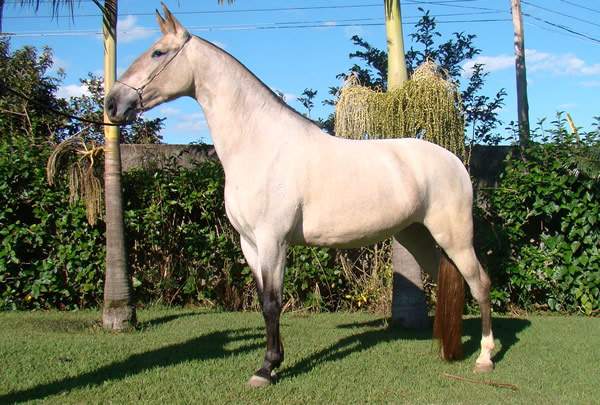
Yet another Brazilian horse breed, the Campolina is named after Cassiano Campolina – a farmer who developed this type of horse in the 1870s. The Campolina has an ambling gait, which is usually faster than a walk but slower than a canter. Apart from leisure riding and driving, this horse also takes part in dressage more and more in Brazil.
When it comes to height, you’ll usually find this horse at about 15.2 hands at the withers, which qualifies as a medium to large height. Color-wise, the silver-grey variant is perhaps the most eye-catching and beautiful one, but you’ll also see them in bay, dun, buckskin, and even pinto.
There are three gaited Brazilian horse breeds in total, and the Campolina is the largest one. The gait that it performs is called true marcha or marcha verdadeira. Another important aesthetic, at least in my opinion, is the absence of squared shoulders, torso, and nasal bones. In the past, these used to be ideal traits for the breed, but they have been subsequently removed with the newer generations in order to achieve a smoother appearance.
American Saddlebred.
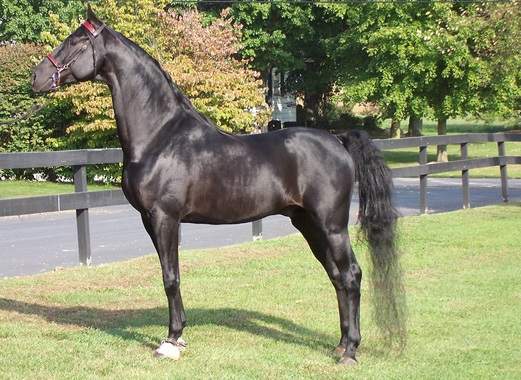
Remember when I told you that some horses are trained to perform ambling gaits? The American Saddlebred is one of them. As one of the most famous American horse breeds, the Saddlebred descends from riding-type horses bred at the time of the American Revolution.
It is a large horse that stands between 15 to 16 hands, and which is available in any possible color, including pinto. Its main uses include saddle riding, in-hand classes, trail riding, endurance riding, show jumping, eventing, and five-gaited competitions. Speaking of which, in five-gaited events, the American Saddlebred is showcased with a full tail, a full mane, and an artificial switch.
Adept at performing four-beat ambling gaits, the Saddlebred can exhibit the slow gait and the much faster rack. Indeed, one of the most recognizable traits of this horse includes high stepping with exaggerated action.
Rocky Mountain Horse.
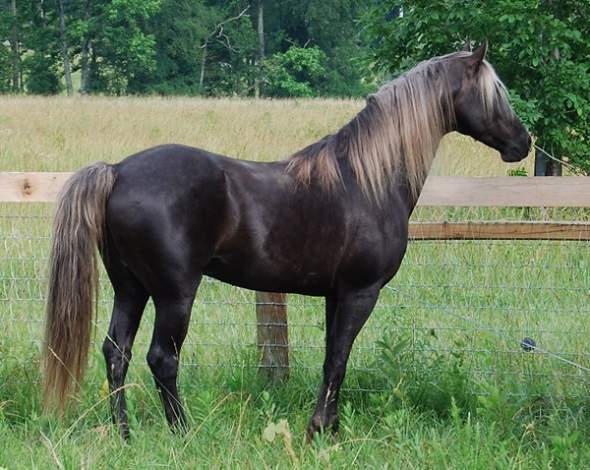
Despite its name, the Rocky Mountain Horse does not originate in the Rocky Mountains but rather in the Appalachian Mountains. Most of these horses can trace their lineage back to a single stallion named Old Tobe, which was used by a prominent breeder in the 20th century in order to develop this modern breed.
The Rocky Mountain Horse stands between 14.2 and 16 hands, which makes it a relatively large horse. It has adapted well to walking over rocky terrain, and thanks to its four-beat ambling gait, it uses its single foot to cover rough areas at about 7 miles per hour with a rider on its back. It can also cover shorter patches of even ground at around 16 miles per hour while performing the rack gait.
Beautiful without a doubt, this horse comes in a unique “chocolate” coat color complemented by a flaxen mane and tail. This color is named Silver Dapple, and it is currently considered the ideal coloration for the Rocky Mountain Horse.
Tennessee Walking Horse.
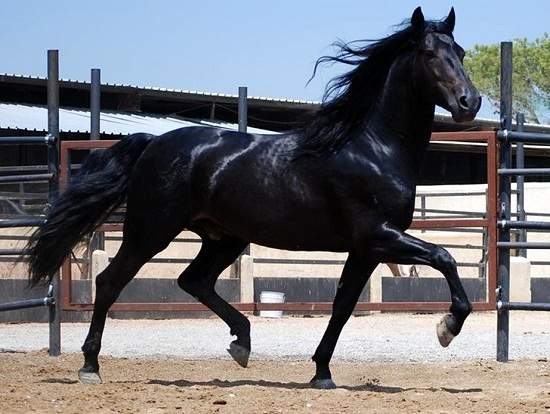
Also known as the Tennessee Walker, the Tennessee Walking Horse is perhaps the most famous out of the gaited American horse breeds. This breed was thought out and developed for the first time in the Southern part of the United States, and it was originally used for farm work. The breed was obtained by crossing Narragansett Pacers and Canadian Pacers with gaited Spanish Mustangs from Texas.
The result is a calm horse that can grow as tall as 17 hands, and which can weigh up to 1,200 pounds. The smooth gaits of the Tennessee Walker make it an absolute joy to ride, which is why this horse is so popular as a trail rider.
Unfortunately, in order to exaggerate its gaits, showrunners use to resort to borderline abusive tactics based on built-up pads or “stacks”, along with other weighted action devices. This helped create a unique form of waiting named Big Lick. Moreover, trainers also resorted to other abusive tactics, as well as something called “soring” in order to force the Tennessee Walker to perform even more spectacular gaits.
As a result, the Horse Protection Act of 1970 prohibits these tactics. This has led to a divide in the breeding community, and to some criminal charges. Sadly, the practice has not disappeared completely even though it is considered a criminal offense.
Missouri Fox Trotter.
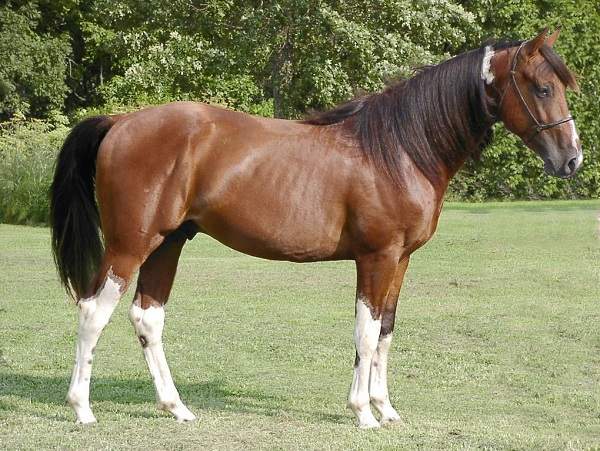
Yet another incredibly popular gaited horse breed, the Missouri Fox Trotter actually has its own unique trot. This means that this horse does not trot like any other horse out there, which makes it incredibly original and interesting. The origins of the Missouri Fox Trotter take us to the Ozark Mountains, where the breed was developed in the 19th century.
The overall population of Missouri Fox Trotters well exceeds 100,000 head, as its main breed registry recorded this number back in 2012. The Fox Trotter is being used extensively by trail riders, who value them for their stamina and gaits.
Speaking of which, the unique pace of the Fox Trotter involves a four-beat broken diagonal gait in which the front foot of the diagonal pair lands before the hind. This movement basically eliminates the moment of suspension and ensures a very smooth ride. This horse usually stands between 14 and 16 hands, and it weighs up to 1,200 pounds.
It comes in any solid color or pinto, and it sometimes exhibits white facial and leg markings.
Conclusion.
While there are 30 gaited horse breeds available in the world presently, the 10 that I presented above are among the most popular and most important. Owning a gaited horse comes with its unique set of responsibilities, especially when it comes to maintaining the horse’s health and fitness.
While these horses are often presented in shows and parades, they can also perform basic tasks such as pulling and hauling. However, owning such a steed and not taking advantage of its unique gaits would be a waste and a true shame.
As promised, here is a video showcasing a beautiful Icelandic horse and its main gaits.
Do you own a gaited horse? If so, tell me everything you can about it!
